The new development by the Chinese humanoid robot, STAR1, has generated immense attention worldwide after it lately broke speed records. STAR1 robot has established itself as the fastest to have ever been recorded, bringing speeds much beyond what the other humanoid robots have achieved. Equipped with advanced artificial intelligence and mechanical engineering, STAR1 happens to be the fastest humanoid robot on record so far. Achievement: The achievement is not only a giant step forward in the science of robotics, but also brings a lot of insights about the future prospect of applying humanoid beings in logistics to competitive sports.
Table of Contents
Master Efficiency: 105 ChatGPT Shortcuts to Boost Productivity
Design of STAR1: Robotics Engineering Breakthrough
A ‘state-of-the-art’ engineering design for robotics, the STAR1 robot designs focus on agile speed with adaptability. The skeletal architecture of the robot is designed to emulate very closely the human form, with precision that approaches idealized movements in a human. Lightweight materials were used along with high-performance servomotors by the designers of STAR1 so that the joints of this robot could swing fluidly without sacrificing speed for stability.
The sleek design of STAR1 robot is also supported by a high-performance energy system which ensures the same level of performance without wasting much energy at the same time. This sort of balance between the energy and power levels helped STAR1 robot maintain its fantastic speed for an extended period.
Star I Robot Design Overview
- Highly Performing Servomotors: Fast movement and vital control of joints.
- Lightweight material: The application of materials in the construction in order to reduce drag and improve speed.
- AI-driven balance system: Stability at any speed, much like human athleticism.
- Advanced battery system: Long-lasting power for constant high-speed movement
- How STAR1 Got to Become the World’s Fastest Humanoid -Breaking the Speed Barrier
- One of the notable achievements of STAR1 robot is its speed, which has, in fact, been subjected to rigid conditions as a result of testing and verification.
- The robot leverages advanced artificial intelligence algorithms to correctly anticipate its movements and accordingly adjust them in real-time, hence a critical element in its lightning-fast mobility.
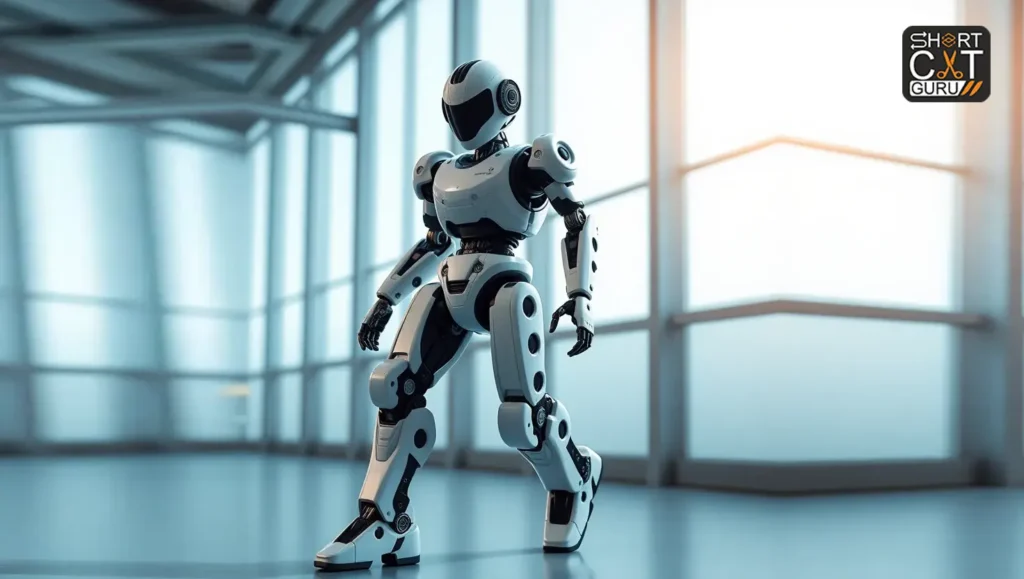
STAR1 bases its gait on biomechanical studies done on humans: human athletics. It is also able to take huge strides with balance. Together with stride optimization, real-time AI processing, and mechanical precision, it has the secret of record-breaking speed.
Technical Innovations Under STAR1’s Speed
- AI-Powered Motion Control: The adoption of STAR1 robot implements real-time analysis via machine learning algorithms that predict optimal movements and changes stride length and speed on the fly.
- Human-Like Gait Simulation: Engineers studied biomechanics of sprinting to reproduce stride patterns by world-class athletes in the design of STAR1 robot
- High-Efficiency Motors: STAR1’s actuators deliver high instances of speed with zero lag time, ensuring a smooth transition of strides.
Future High-Speed Robotics: Applications Beyond Records
Many doorways to real-world application await this fast-paced humanoid robot. High-speed, precision-based moving and stable, the industry of logistics, disaster response, and entertainment could be revolutionized through robotics.
Applications in Logistics and Delivery
Fast robots such as STAR1, in fact, can be considered to change the game in logistics due to optimizing delivery times. With the capabilities of STAR1, robots will be able to take care of time-sensitive deliveries like medical supply deliveries or operate in the warehouse to sort and pack at an unprecedented pace.
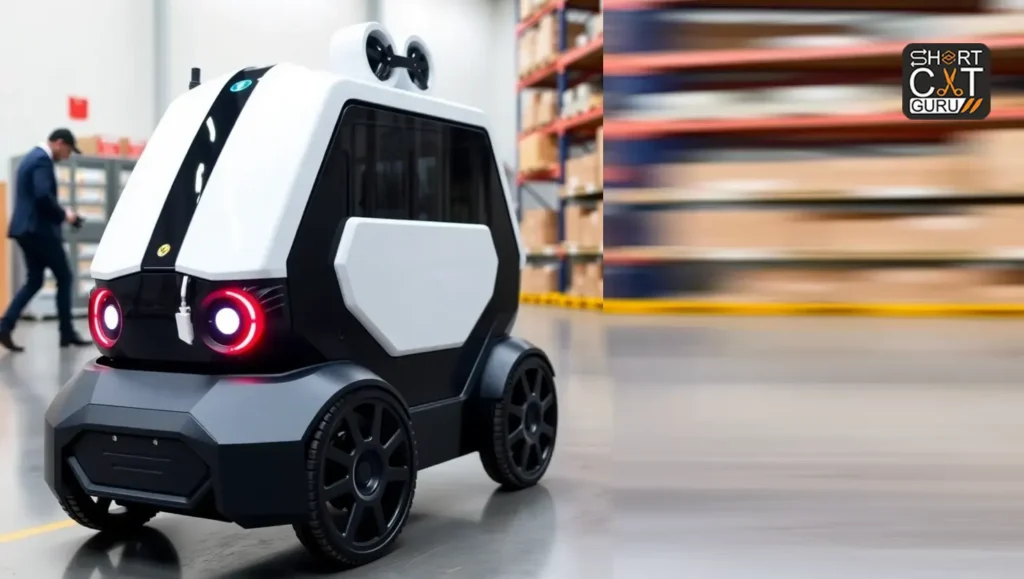
Robotics in Competitive Sports
Humanoid robots will, of course, be used for the athletic capabilities of STAR1 robot in specialized sporting events in which they would be used to compete or compete against human athletes. Such robots can be good training partners because they can consistently execute and provide challenges to human athletes pushing them to their limits. Perhaps one day we will have competing leagues of high-speed humanoids like STAR1 meant for robotics.
Rescue Missions/Search and Rescue
Since humans are not allowed or it would be dangerous, STAR1 robot will definitely save many lives due to search and rescue.
STAR1 robot can cut through jungles thick or rugged terrains fast, reducing response time to disaster areas as compared to current robotic options.
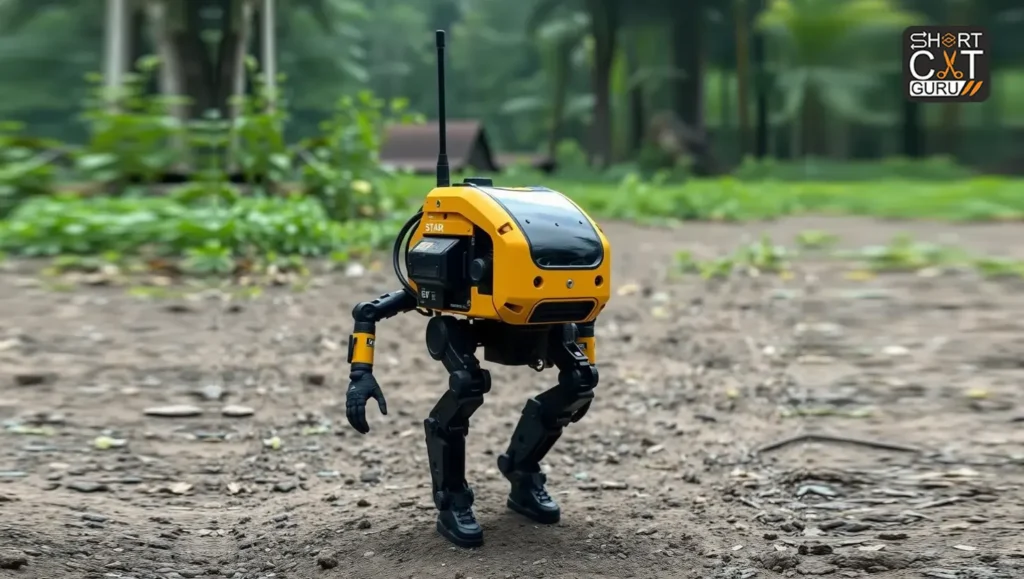
Entertainment and Robotics Displays
Further, humanoid robots such as STAR1 may innovate new fun and entertainment experiences. Once people fall in love with the high-performance robots, STAR1 may turn into a superstar on robotics shows around the world, performing feats of speed and agility that ordinary humans could hardly even imagine.
Challenges ahead
The success of STAR1 robot notwithstanding, much work remains to be done within the larger context of humanoid robotics. Maintaining durability is hard while trying to increase speed; speeding up results in high wear and tear on the components. Engineers are always trying to prolong the longevity of materials and to refine a way so that a robot, like STAR1, can be consistent in operation over time without too much subsequent maintenance.
More importantly, practical application of STAR1 would require significant breakthroughs in AI if these robots were to be interactively tied to the environment they are supposed to serve. The breakthrough for fully deployment depends on the advances in even more complex algorithms that facilitate decision-making and adaptation to events.
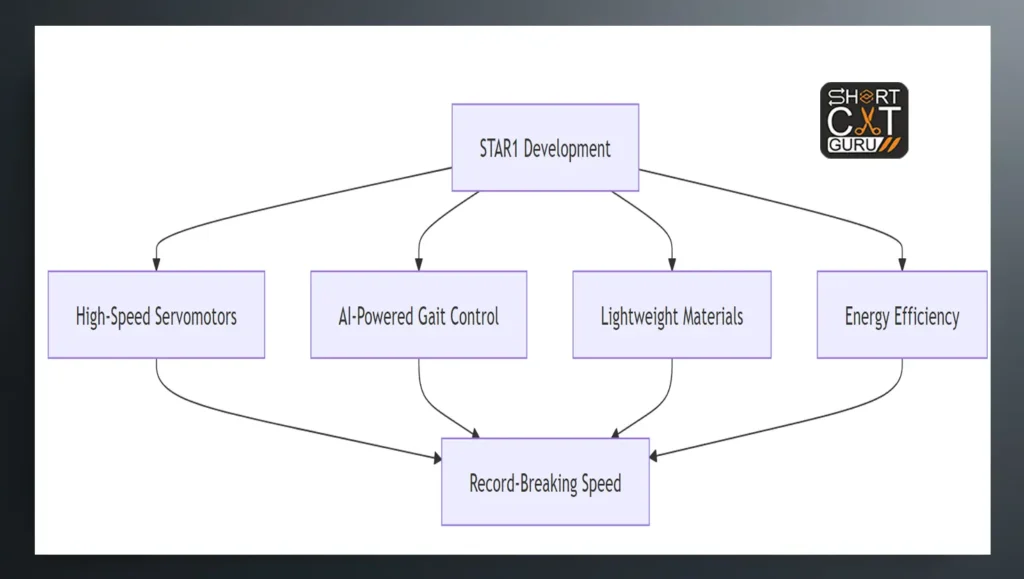
Conclusion
With this, the advent of STAR1 robot as the world’s fastest humanoid robot marks the beginning of a new era for robotics. Owing to the integration of advanced AI and cutting-edge mechanical design, STAR1 has created a benchmark that future humanoid robots most likely will exceed. Its success holds much promise for innovative applications across industries that range from logistics and search and rescue to competitive sports and entertainment.
As we look into the future, it is clear that the boundaries of what humanoid robots can achieve are very rapidly expanding, with STAR1 robot leading the charge.









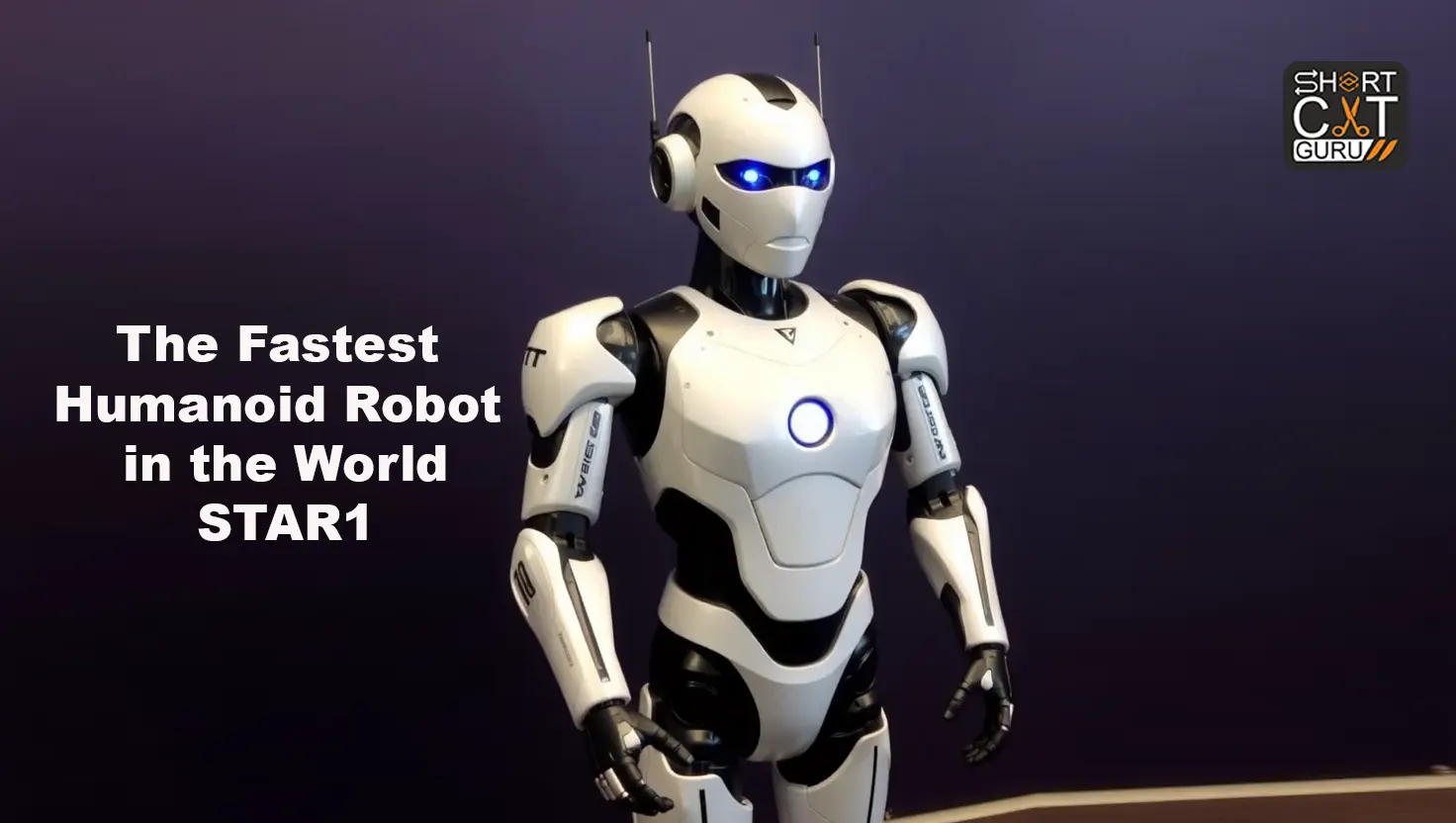
I don’t think the title of your article matches the content lol. Just kidding, mainly because I had some doubts after reading the article.
Thank you for your sharing. I am worried that I lack creative ideas. It is your article that makes me full of hope. Thank you. But, I have a question, can you help me? https://www.binance.com/ar-BH/register?ref=V2H9AFPY